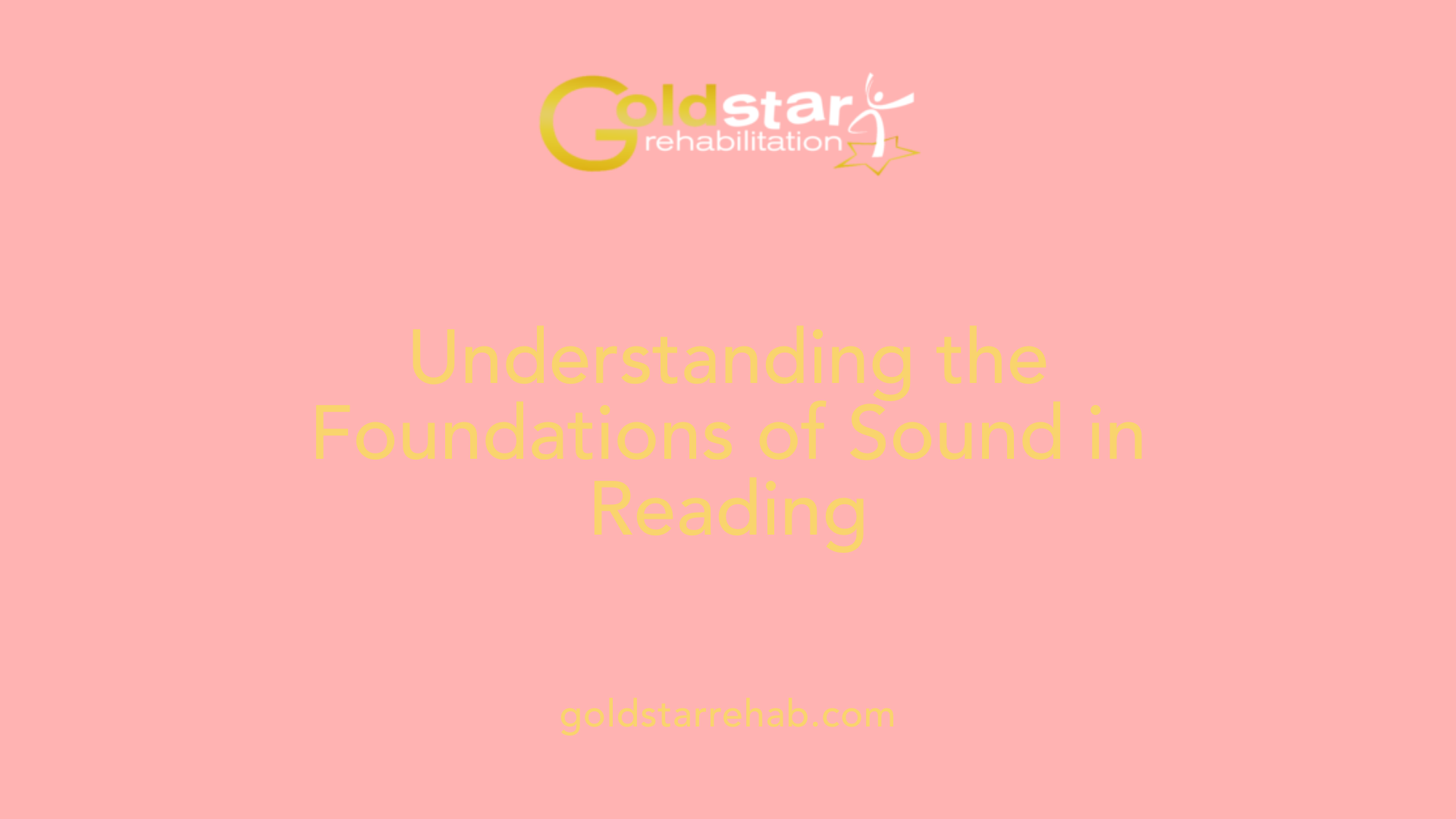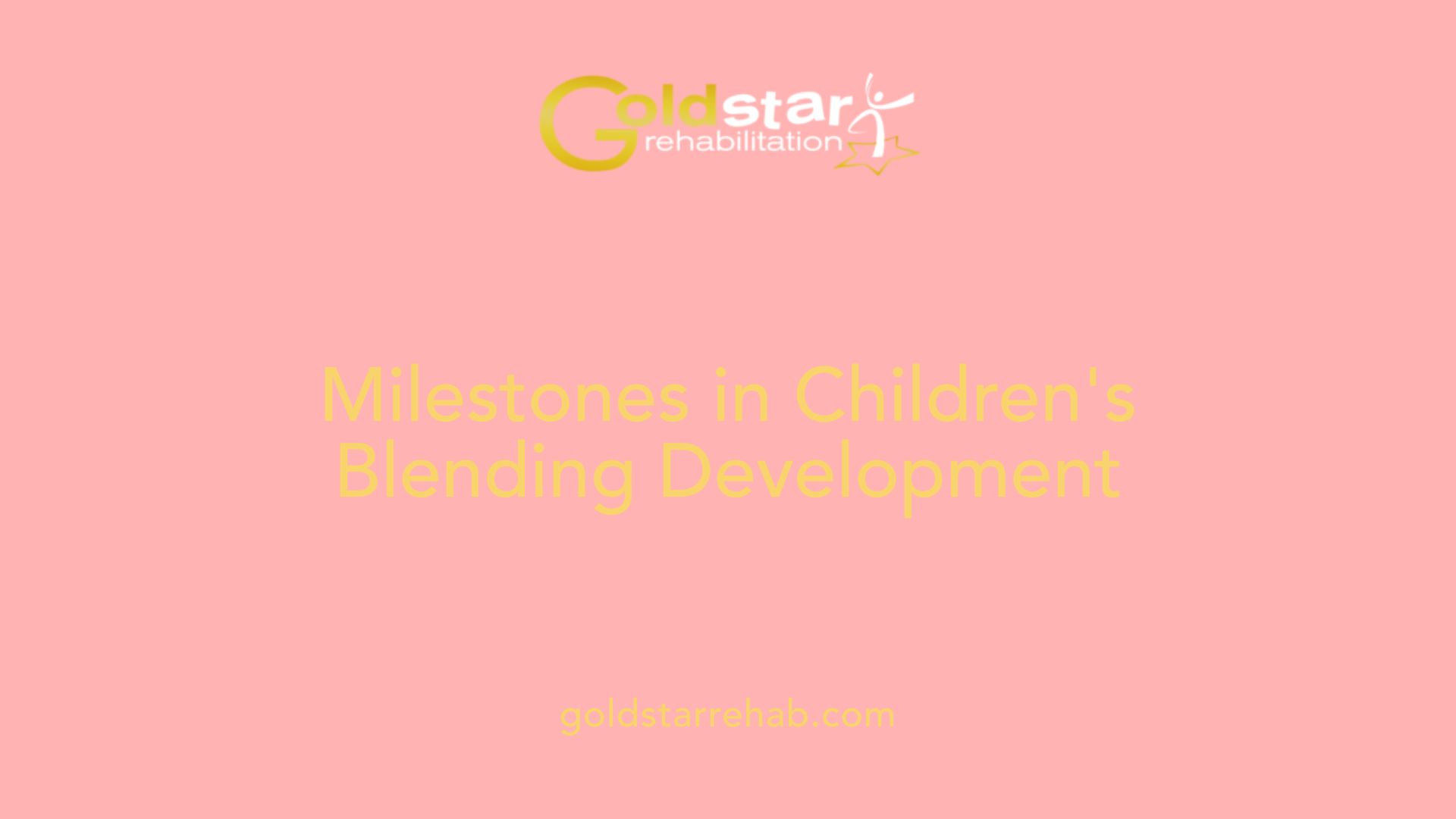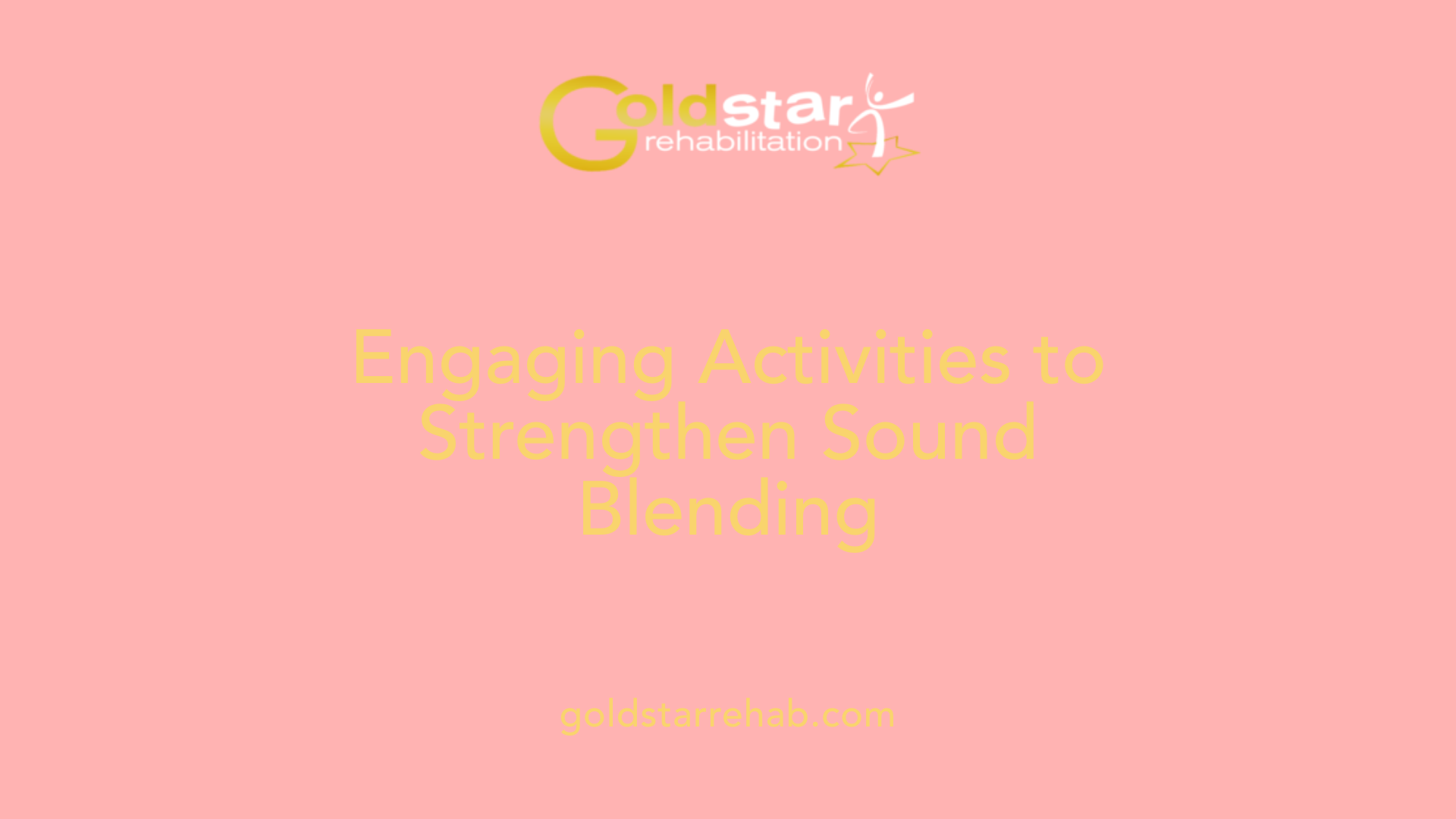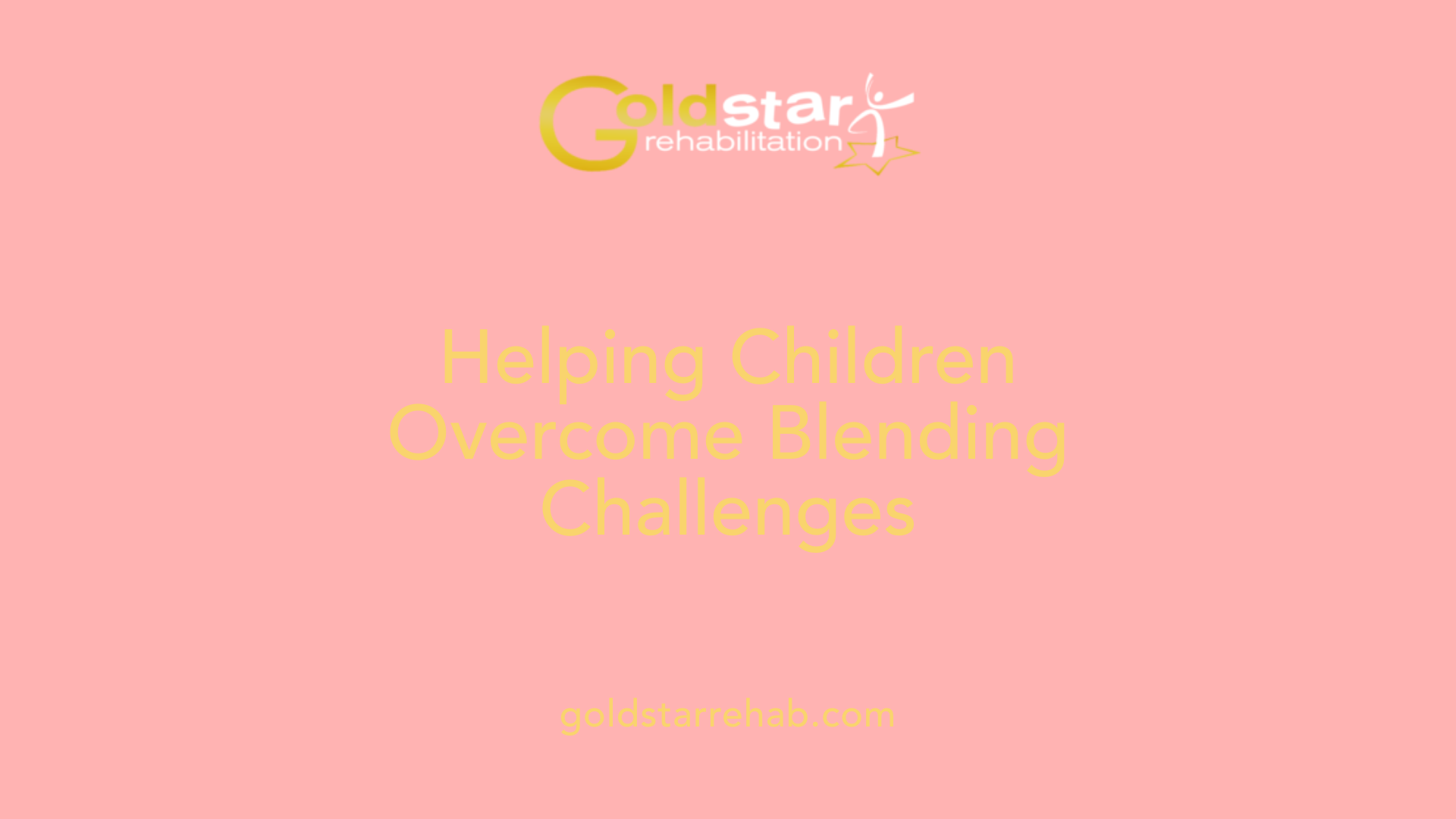Why Some Children Struggle with Blending Sounds and How to Support Them
Understanding and Overcoming Blending Challenges in Early Reading
Table of Contents
The Critical Role of Sound Blending in Reading Development
Sound blending is a foundational skill for early readers, enabling children to decode words by merging individual sounds. Despite its importance, many children face difficulties in mastering this skill due to various cognitive, developmental, or educational reasons. Recognizing the causes of blending struggles and implementing effective support strategies is essential for educators and parents committed to fostering reading success. This article explores why some children have trouble blending sounds, the typical developmental timeline for acquiring this skill, and practical approaches to help children overcome these challenges.
The Significance of Phonemic and Phonological Awareness in Blending

What is the difference between phonological and phonemic awareness?
Phonological awareness is the broad skill that involves recognizing and manipulating sounds in spoken language, including words, syllables, and onsets and rimes. It lays the foundation for understanding that words are made up of smaller sound units.
On the other hand, phonemic awareness is a narrower skill within phonological awareness that specifically focuses on the ability to identify, segment, and blend individual phonemes—the smallest units of sound—in words. Phonemic awareness is crucial for decoding words during reading.
Both skills are interconnected; phonological awareness is an overarching concept, while phonemic awareness zeroes in on the sound components essential for decoding.
Why are these skills important for decoding and reading proficiency?
Developing strong phonological and phonemic awareness helps children understand the relationship between sounds and their corresponding letters, which is vital for decoding new words.
When children can blend individual sounds into words smoothly, they gain confidence and fluency in reading. This ability directly predicts reading success and helps in spelling, phonics, and overall literacy development.
Activities like blending sounds, segmenting words into sounds, and manipulating phonemes reinforce these skills and are foundational to becoming fluent readers.
What is the typical age range for children to develop sound blending skills?
Children usually start developing sound blending skills around ages 4 to 5.
By age 4, children can begin to segment sentences into words and generate rhyming words, which supports phonological awareness.
Around age 5, they begin to identify words that do not rhyme within groups and start blending sounds to form words.
Most children are able to blend individual sounds and segment sounds in spoken language by age 6.
This developmental process spans early preschool years through kindergarten, with most mastery achieved between ages 5 and 6.
| Age Range | Skills Developed | Supporting Activities |
|---|---|---|
| 4-5 years | Segmenting sentences, rhyming | Listening games, rhyme recognition |
| 5 years | Blending sounds, identifying non-rhyming words | Sound blending games, phoneme manipulation |
| 6 years | Blending phonemes into words consistently | Decoding activities, spelling exercises |
Understanding these stages helps educators tailor instruction to meet children’s developmental levels and support their reading growth.
Typical Development of Blending Skills in Children

At what age do children typically develop sound blending skills?
Children usually begin developing the ability to blend sounds between the ages of 4 and 5. This skill is crucial for their reading development and progresses over the early childhood years.
How do blending abilities develop as children grow?
In the early stages, around age 4, children start to recognize and segment sentences into words. They also begin to generate rhyming words, which helps to build phonological awareness. As they approach age 5, they start to identify words that do not rhyme within a group and begin blending sounds to form words.
By age 6, most children can actively blend individual sounds (phonemes) to read words and segment sounds within spoken language. This developmental process typically spans from preschool to kindergarten, with the majority reaching a functional mastery by ages 5 to 6.
Early signs of blending awareness
A fundamental sign that a child is developing blending skills is their ability to recognize simple rhyming words and segment longer sentences into manageable units like words or syllables. They might also begin to say sounds in order when prompted or mimic blending sounds together to make simple words.
Mastery of blending by age 6
By the time children reach age 6, most are proficient in blending sounds to decode words, an essential step in becoming confident readers. Reinforcing activities, such as blending practice with two- and three-sound words, visual aids like Elkonin boxes, and multisensory activities, support this mastery.
| Age Range | Developmental Milestones | Activities to Support |
|---|---|---|
| 4-5 years | Recognize rhyming words, segment sentences into words | Rhyming games, simple blending activities, identifying sounds in words |
| 5 years | Blend sounds to form words, identify non-rhyming words | Use of Elkonin boxes, sound stretching exercises, blending with manipulatives |
| 6 years | Fully blend phonemes to decode words, segment longer words | Multisensory blending activities, practice with CVC words, reading aloud |
Understanding this progression helps educators and parents identify when a child may need additional support to develop these foundational reading skills. Supporting children through targeted activities and practice can ensure steady growth in their blending abilities, setting a strong stage for future literacy success.
Effective Strategies for Teaching Sound Blending

What are effective strategies to teach children how to blend sounds?
Teaching children to blend sounds successfully requires a combination of explicit instruction, visual supports, and engaging activities. Start by clearly explaining what blending is — the process of smoothly connecting individual sounds or phonemes to form words. Use visual tools such as charts, slide presentations, or flashcards to show different blends, including s-blends, r-blends, and l-blends, so children can recognize these patterns.
Sounding out words aloud is crucial. This practice helps children connect the sounds with their oral articulation and build auditory discrimination skills. Incorporate fun, hands-on activities like sound boxes or phonics games. For example, 'Roll, Complete, and Color,' where children add sounds to form words, or 'Spin & Find the Blend,' where a spinner decides which blend to practice, can make learning engaging.
Using manipulatives such as playdough, counters, or magnetic letters adds a tactile element, supporting multisensory learning. Repeating activities over days or weeks ensures mastery. As children become more confident, increase the complexity by integrating words with three phonemes, incorporating decodable sentences, and encouraging reading in context.
Reinforcement through repetition and meaningful practice develops fluency. Emphasizing blending in stories and sentences reinforces its importance for reading confidence. Overall, combining visual, auditory, and kinesthetic strategies creates a well-rounded approach that nurtures early blending skills effectively.
Activities and Tools to Support Blending Practice

What activities can help improve sound blending abilities in children?
To strengthen children's ability to blend sounds, a range of engaging activities can be used. Beginning with simple exercises, teachers and parents often have children practice blending individual phonemes—such as /b/, /a/, /t/—gradually combining them into words like "bat". These early steps typically involve breaking words down and then putting them back together, fostering phonological awareness.
Incorporating multisensory and interactive methods can make learning more effective and fun. For example, children can use mirrors to watch their mouth movements while pronouncing sounds, or participate in games like phoneme blending bingo, where they match sounds to images or words. Movement activities such as "Jump and Blend"—where children jump to different spots as they say each sound—also support learning by engaging the body.
Starting with two sounds and progressively adding more can help children develop confidence. During practice, reducing the space between sounds—smoothly connecting phonemes rather than pausing—can ease children into fluent blending.
Activities focusing on initial, medial, and final sounds, along with explicit teaching on segmenting and manipulating sounds, build a solid foundation for decoding. Repetitive, structured exercises rooted in reading science not only boost blending skills but also enhance overall decoding and reading fluency.
Overall, consistent use of playful, systematic activities creates a supportive environment where children can practice blending sounds effectively, ultimately strengthening their confidence and reading success.
Understanding the Causes of Blending Difficulties
 Children's struggles with blending sounds can stem from various underlying reasons, which educators and parents should recognize to provide effective support.
Children's struggles with blending sounds can stem from various underlying reasons, which educators and parents should recognize to provide effective support.
One explanation for blending difficulties is auditory processing weakness. This involves challenges in how the brain interprets sounds, making it hard for children to distinguish and connect individual phonemes within words. When auditory processing isn't functioning optimally, even children who can recognize letter sounds often have trouble smoothly blending these sounds into words.
Another common hurdle is short-term memory challenges. Some children find it difficult to hold multiple sounds in their minds while assembling them into a word. This issue is particularly evident with longer words, where parts of the word might be forgotten or jumbled during decoding, hindering their ability to blend sounds accurately.
Additionally, many children tend to guess words based on pictures or memorized words rather than skillfully blending sounds. This reliance on context or visual cues can bypass the necessary phonemic process, impeding the development of true blending skills.
Previous knowledge and familiarity with letter sounds also play a role. If children haven't thoroughly learned and internalized phoneme-grapheme correspondences, they may understand individual sounds but struggle to connect them into words during blending. This gap can prevent automatic decoding and slow reading progress.
Addressing these issues involves targeted practices like improving phonological awareness, providing memory support strategies, and gradually building confidence through controlled, multisensory blending activities. Recognizing the specific cause behind a child's blending difficulty is crucial for tailoring effective instruction and fostering reading success.
Supporting Children with Blending Difficulties and Learning Differences

How can teachers and parents support children with blending difficulties or learning differences such as dyslexia?
Supporting children who struggle with blending, especially those with learning differences like dyslexia, requires thoughtful strategies that engage multiple senses and foster a supportive environment.
One effective approach involves multisensory activities. For example, sand writing helps children feel the shape of letters while saying sounds, reinforcing their phonological awareness. Activities using blending boards, where students physically move tokens or sliders to blend sounds, make the process tangible. Arm tapping, where children tap for each phoneme as they blend sounds into a word, activates kinesthetic learning.
Assistive technologies also play a vital role. Digital tools like text-to-speech apps can read words aloud, helping children connect sounds with their visual representations. Digital scanning pens, line readers, and speech recognition software provide additional support, making reading and writing more accessible.
Providing accommodations suited to individual needs enhances learning. Extended time for tasks reduces pressure, while oral responses allow children to demonstrate understanding without the barriers of writing. Preteaching vocabulary prepares students for upcoming lessons, reducing confusion during blending activities. Visual aids like picture supports and simplified instructions clarify the learning process, creating an inclusive environment.
Building positive relationships and fostering a growth mindset are crucial. Encouraging children to view mistakes as part of learning and celebrating small successes bolster confidence. This supportive attitude helps children develop resilience and a willingness to persevere through difficulties.
Collaboration with specialists, such as speech-language therapists and reading specialists, ensures targeted support tailored to each child's needs. Regular communication with families reinforces strategies at home, creating consistency and boosting progress.
Finally, embracing neurodiversity and promoting acceptance reduces stigma surrounding learning differences. Educating children and families about dyslexia and its strengths empowers them to approach challenges with confidence.
By combining multisensory activities, assistive tools, personalized accommodations, positive relationships, and collaborative support, educators and parents can significantly improve outcomes for children facing blending difficulties and other learning differences.
Resources and Activities To Foster Blending Skills

Are there specific resources or activities available to teach blending sounds?
Yes, educators and parents have access to a wide array of tools and activities designed to develop children's blending skills. These resources focus on both auditory and written components of blending, helping children connect sounds to words.
One popular approach involves using manipulatives such as Elkonin boxes, magnetic letters, or blocks. These tools help children physically manipulate sounds, segmenting and blending them more easily. For example, children can press or move counters into boxes for each sound, then say the sounds slowly and smoothly to blend into a word.
Instructional routines also include live modeling where teachers model how to blend sounds step-by-step. Guided practice follows, where children attempt blending with support and feedback. Error correction techniques reinforce proper blending skills. Repeated fluency activities, like reading aloud or
Moving Forward with Confidence in Sound Blending
Overcoming blending difficulties requires patience, targeted instruction, and a variety of engaging activities. Recognizing the developmental stages and employing evidence-based strategies—including multisensory activities, visual supports, and systematic practice—can make a significant difference in a child's reading journey. Collaboration among teachers, parents, and specialists creates a supportive environment that fosters confidence and resilience. With consistent effort and appropriate resources, children can develop strong blending skills that serve as a cornerstone for reading success, opening doors to lifelong learning and literacy achievement.
References
- 3 Tips to Help Students Who Struggle with Blending
- Blending and Segmenting Games | Reading Rockets
- Teaching My Child to Blend: 5 Tips to Help with Sound Blending at ...
- Can't blend, won't blend - a reprise - The Literacy Blog
- How to Help a Child Blend Sounds into Words
- Teaching Blending to Early Readers - Homeschooling with Dyslexia
- How to help children that can't blend sounds? Top 10 Strategies to ...
.png)








%20(1).jpg)




.jpg)





.jpg)

.jpg)











